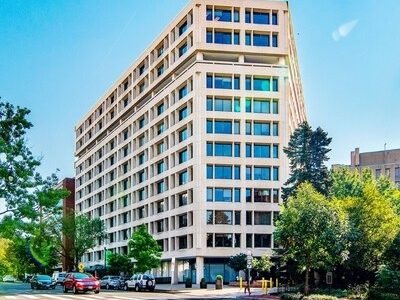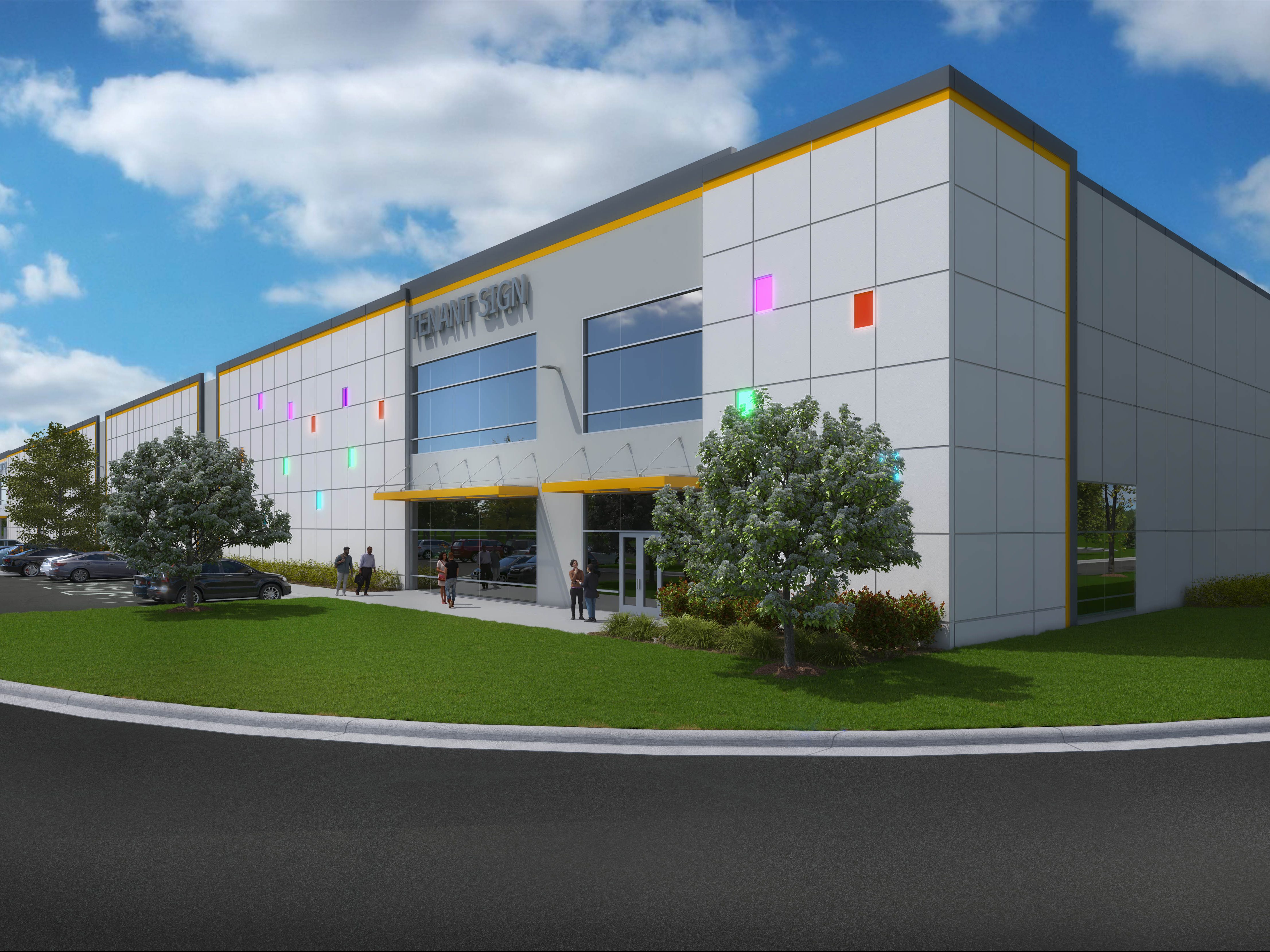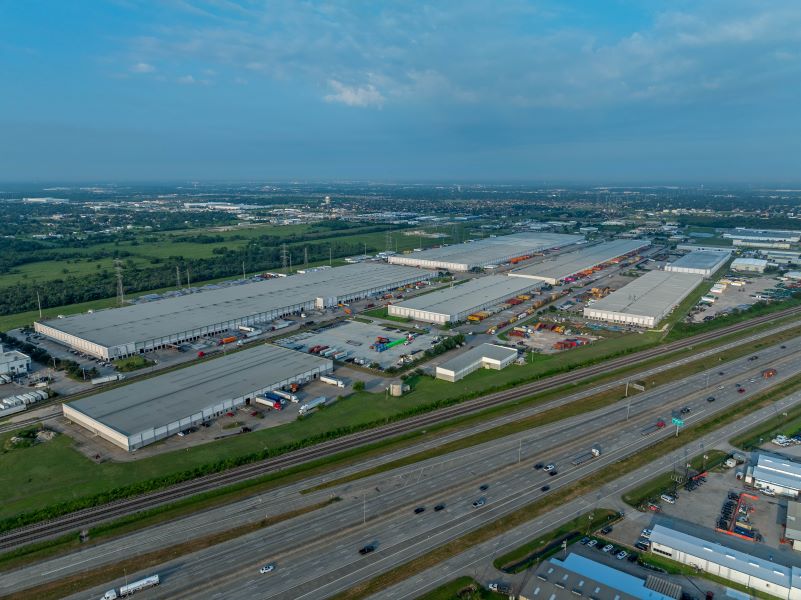Blowing in the Wind
Insurance experts warn of growing risk of wind damage.
Insurance Experts Warn of Growing Risk of Wind Damage
Verisk Insurance Solutions commercial property vice president Mory Katz and assistant vice presidents Kevin Kuntz and Steve Clarke spoke with editorial director Suzann Silverman about the growing risk of property damage from wind, given the increasing incidence of severe weather patterns. Verisk provides risk-assessment services and decision analysis to the property and casualty industry.
CPE: In the aftermath of Hurricane Sandy, most of the talk about risk and recovery has concerned water damage and power loss. But wind causes a lot of damage, too. What are the risks to commercial properties from wind?
CLARKE: Historically, from a commercial property insurance perspective, fire has been the predominant risk Verisk has dealt with. But with improvements in fire protection, fire codes, electrical equipment and so on, fire—while still the largest portion of the property loss dollar reported to us—has seen wind start to catch up to it. Hurricane Andrew was the event that really started waking people up to the potential for damage from windstorm, but in the mid-2000s—2004 and 2005, in particular—there was an unprecedented series of hurricanes affecting the United States, primarily in the Gulf. From Rita to Katrina to Wilma to Charley, we just saw a tremendous increase in the amount of reported wind losses.
At the same time, we’ve noticed similar trends in the Midwest with tornado losses. Joplin, Mo., is an obvious example. If you look back at the top 20 catastrophes as rated by ISO’s Property Claim Services business unit (see “Making Waves” on page 27), 18 of them are windstorm events. Essentially, leaving out the events of 9/11 and the Northridge earthquake, all of the other insurance catastrophes have been wind events. While most of them are hurricanes, many of them are tornadoes, and the last handful of years have witnessed many of those events: 2012, tornadoes; 2011 had two catastrophic tornado events; and then a whole series of hurricane events. And there’s a likelihood that when the final numbers are in, Sandy may break into that list and probably be fairly close to the top of it.
So when looking solely at windstorm risk to buildings, where is all that damage coming from? It’s basically wind damage to the structure, where the building envelope somehow has been damaged, whether from the tearing off of the roof or the broken windows. Once that building envelope is breached, the inside tends to become subject to an incredible amount of loss of personal property and contents.
In addition to the obvious brick-and-mortar damage to the buildings, some other things come into play with respect to the exposure for commercial properties: Debris removal is a big issue, particularly after a large wind event, where there may be a considerable amount of debris—not just from your covered property but perhaps your neighbor’s or even people a couple blocks away. Their property may be landing on your premises. Those are all things that factor into the overall insurance losses; having to deal with all that debris and its appropriate removal.
CPE: Can you provide a general idea of how the risk level from wind damage compares to those from factors such as water or fire?
KUNTZ: If you go back 20 years and further, you’ll see, when you compare fire to wind peril, fire was, by a magnitude of three or four times, more costly to the industry than wind. However, as Steve mentioned, the fire side has been trending basically flat. Wind frequency is becoming more prevalent for a couple of reasons: No. 1, I think we’re seeing more wind events in general; and No. 2, the wind-exposed areas, particularly along the coast, are realizing more concentrated values. The concentration of risk along the coast has been increasing. So the concentration of risk along the coast coupled with the increased frequency of events has resulted in wind, over the last few years, bumping up and being equivalent to fire on a comparative basis.
CLARKE: To Kevin’s point on the concentration of values, almost 40 percent of insured value nationwide is in coastal counties, and when you drill in on some specific states—in New York State almost 60 percent of the insured value is in coastal counties, and in a state like Florida, you start finding 80 percent of the insured property value in coastal counties, because, face it, we all love living and working near the beach.
KATZ: This is a big change from what historically has been the case.
CLARKE: If you go back to the 1920s and 1930s, to somewhere like a Harris County, Texas, you actually had a considerable number of Category 3, 4 and 5 storms coming ashore. The thing is, with Harris County of the 1920s, you had a lot of cactus and longhorn steer around the landscape. Today, you’ve got millions of people from Galveston all the way up through Houston, but you really haven’t had that big storm hit, whereas 80 to 90 years ago, you had a half dozen or more of them in about a 10-year span.
When you look at those kind of population figures and then the buildings that go with them, both residential and commercial structures—the commercial properties from offices to malls to manufacturing, you name it—you can see how the insured values have grown exponentially during what has been a time of reduced storm activity. Meteorologists will argue we’ve entered a time they call the “Atlantic multidecadal oscillation,” which they say is part of the normal ebb and flow of our weather systems but may lead to a period not only of more storms but more severe storms. But now we’ve got all those higher property values, so we’re looking at a potentially big thing.
CPE: Can you estimate how costly the damages from wind can be for commercial buildings?
KUNTZ: I think the potential is for complete loss. But to dig into it a little deeper, you have the replacement cost of the building, the contents, debris removal. There also can be an environmental mess: Are we talking about a laboratory that deals with chemicals that are controlled, and has the water that’s come in and out from the hurricane left the structure with these materials in tow, so we have an environmental issue?
Then there’s business interruption, and not just business interruption to the building. Let’s say you have a building of robust quality, and it’s the only one that remains standing on the block. If the infrastructure around you has disappeared or all the people who come to use your business have been displaced—if you’re a restaurant and you’re standing, but all the homes in your area have been blown away—you’re probably not going to do the same amount of business.
CLARKE: Just to add one more point to that … something we’ve been noticing in the last handful of storms is the extra expenses involved in staying open because many businesses cannot afford to not do business: For example, a publication with a daily readership and commitments to advertisers needs to be on the shelf tomorrow. It can’t miss publication. So not only does it have the brick-and-mortar losses to the printing plant to deal with, but then it also has the additional expenses of having to secure alternative locations, which typically comes at a significant expense above and beyond all the other expenses.
In addition, the supply chain is likely going to be an issue in many situations. There are businesses that rely on other businesses to provide raw materials or accept shipments of sub-manufactured goods located in the greater metropolitan area. If those businesses are closed in the greater New York area, where does that plant in Kansas ship its assembled components? So the supply chain reaches well beyond the immediate damage area, beyond just across the country, to reach around the globe, with the global economy we now operate in.
CPE: How well does wind-related damage tend to be covered by insurance?
KATZ: Every claim and every situation is different and has to be evaluated on its own merits, but it’s generally included in the typical property insurance policy for the kind of risks that commercial property owners have. It’s usually a basic property peril.
CPE: Tell me some more about the research you’ve done into commercial buildings and wind damage. What has stood out most in your findings?
KUNTZ: One thing we did is we had a wind risk map developed where we divided the country into four geographic risk areas, ranging from low to medium to high to severe, based on the actual historical experience for premium and loss—for loss in those areas (see “Wind Tunnel” on page 28). There was no surprise that along the Mid-Atlantic and Gulf Coast we saw there was a history of loss. Tornado Alley through Middle America: We recognized that Kansas and Missouri had their share of tornadoes. But we were shocked how the impact went into the Dakotas, branching out into parts of Colorado and New Mexico.
From my perspective, that was the biggest surprise—the breadth of the exposure in Middle America.
CLARKE: Wind peril can be fairly severe basically east of the Rockies, and that’s just a function of the geography of our country. But one of the things we’ve noticed is that when a catastrophe happens, more often than not it is a wind event or a wind-and-hail event. We saw that recently down in the Greater Phoenix area, with a very significant wind-and-hail event that caused a tremendous amount of damage. We saw it within about the last 16 or 18 months in the Pacific Northwest both in Seattle and the Portland area, where you had significant windstorm events from storms coming in off the Pacific. But for the fact that we haven’t had a significant damage-causing earthquake in this area of the country—and hopefully we don’t—wind is the biggest catastrophe peril right now wherever you are.
CPE: Are there any particular types of buildings at risk? High-rises, for instance? And what about where buildings are situated, how cities are laid out—does that have any impact on the types of buildings that are at greater risk?
KUNTZ: Many of the structural requirements that allow you to build a high-rise building set you up pretty well to resist, at least from a major structural perspective, the impact of wind. However, regardless of the type of structure you have, one of the important things is the building envelope. Once the integrity of the building envelope is compromised, the potential for significant damage and the risk increases. That allows the wind force not only to try to pull off the roof as it goes over but actually push it off from underneath once the building envelope is compromised.
So at Verisk Insurance Solutions we recognize the height of the building is a factor, the basic primary construction class of the building is a factor, along with a number of other different elements: (1) How much glass do I have? (2) If I have a large percentage of glass, is it impact-resistant glass that’s designed to take the effects of debris that’s blowing around in a hurricane? And (3), do we have hurricane shutters that protect our openings? All those things matter.
One of the most important factors in evaluating a structure is what the roof geometry is: Do I have a flat roof? Do I have a peaked roof? A gabled roof? What we basically found out is having additional data on the building allows you to do a better job to evaluate it.
Air conditioning equipment on a roof: That’s important because if that air conditioner unit is blown off your roof in a wind event, it acts like a utility knife and can rip up your roof covering, which then breaks the integrity of your building envelope and allows the effects of wind and water to get underneath. When we go out to survey a building, if you have air conditioners on the roof or other equipment or material that can be used as a tool to break your roof, then we’ll also look at how well it is anchored. Is it properly tied down?
And then to your other point—where the building is located—we look at environmental factors. Is there a high-rise building two stories higher than mine next door that has gravel on the roof, so when the wind blows it’s going to blow the gravel off that roof through my windows? Is it a large, open area where you’re not protected against the wind? Or are you in a hilly area in the bottom of a valley, where you don’t get that much wind?
CPE: How can property owners and developers and municipalities be more proactive in addressing this threat? Is there anything that you think they should be doing differently, or things they should be thinking about more to be more proactive?
ATZ: One of the pieces of information Verisk Insurance Solutions makes available to the insurance industry is about building codes. There’s been some data that shows that building codes make a big difference when you have a wind event. So building codes may not be directly in the control of the property owner, but it is something that people need to be aware of: how effective they are, how well they’re enforced compared to other buildings in the area.
KUNTZ: As Mory said, property owners don’t necessarily have direct influence on the building code unless it’s a new building where they can choose to design additional features into the building that make sense. But we feel the codes are an important part of the evaluation when we look at a building’s ability to resist wind: What are the building codes that are in effect, particularly at the time of construction?
We also try to measure the level of implementation of the building codes. It’s great for a community to say, “We’ve adopted a building code,” but in Community A versus Community B, they do framing inspections, they train their people and have a higher certification, they have a better checklist when they review plans. It’s nice to have a code and adopt a code, but is it a book on the shelf or do we really go out there and diligently enforce the implementation of the code? There is a lot of variation across the country and even within regions in that regard.
CPE: Do you see an overall tendency toward better code management or worse? If you had to give the country an overall grade, what would it be?
KUNTZ: In my opinion, I think the national codes themselves are getting better.
CPE: But it’s something for developers to pay attention to, especially in an economically volatile time like this—taking some responsibility into their own hands so they’re not just counting on the inspectors but thinking about the risks themselves.
KUNTZ: Oh, absolutely. That’s absolutely true.
CPE: How might a building’s wind resistance
be improved?
KUNTZ: There are different characteristics a building has that can affect its ability to resist the wind peril. If it’s an existing building, you’re not going to change the roof geometry, but you might have windows with standard glass you could go back and retrofit either with hurricane shutters or impact-resistant glass. So there are mitigation features you can bake into the already-built environment. Things like skylights and reinforced doors in place of unreinforced doors—those are changes that can be made that will improve a building’s ability to resist the wind.
CLARKE: We’ve all learned lessons from Sandy, and I think one that many building owners are grappling with right now is the fact that a lot of their mechanicals were in the basements. Those are areas that were impacted by the storm. I wouldn’t be surprised if you see some relocation of such physical plant-type items to elsewhere in the buildings. Just be aware if moving stuff up to the roof, that may be a great location when dealing with a flood-prone area, but please make sure those items are appropriately anchored so they don’t increase the hazard.
Maintenance—something as simple as inspecting the flashing on your roof and making sure it is in good repair—can go a long way toward strengthening your building, because it does not take much of an opening for wind to get under there. If one little corner of flashing is pulled back, then that can be all a windstorm needs to start to do more damage than would otherwise happen. So just simple maintenance items go a long way toward protecting your building even further.
One other thing to keep in the back of your mind: There has been a trend toward green buildings lately. And one of the things we’ve noticed is the appearance of solar panels on commercial rooftops, particularly large malls and manufacturing facilities and structures of that nature. When retrofit projects occur that have nothing at all to do with the wind peril, it is important to keep wind in mind, because you could—if not installed properly and anchored and angled properly—actually be increasing your exposure quite a bit when you start introducing all these new green types of technologies, be they solar panels or wind turbines or anything of that nature.











You must be logged in to post a comment.